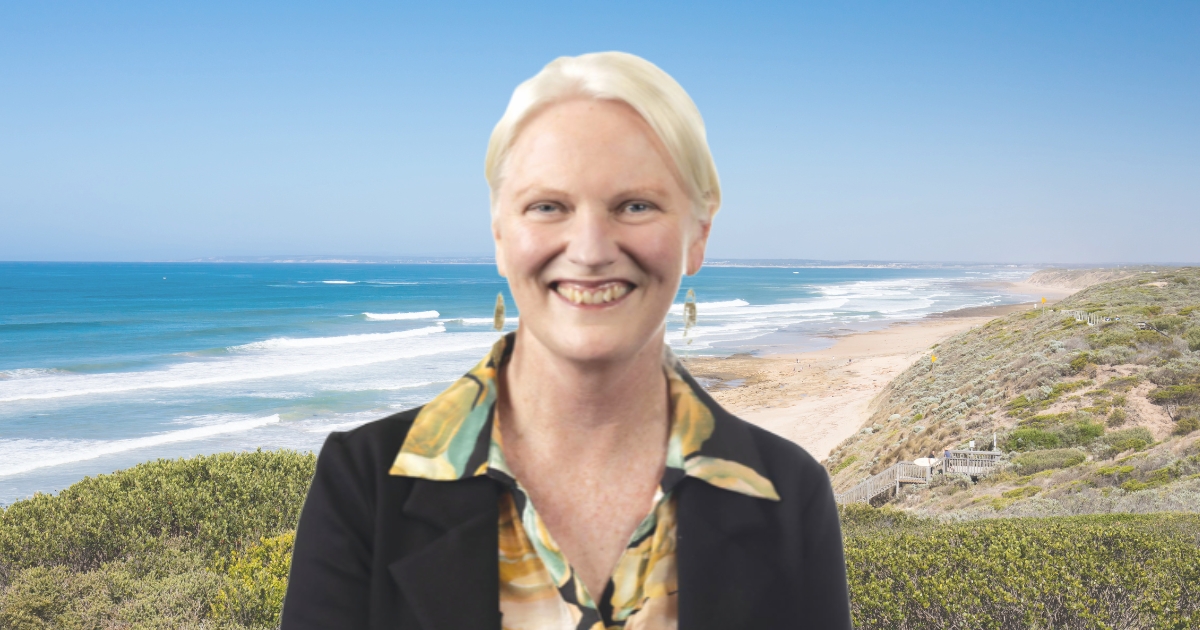Honouring service this Anzac Day
ANZAC Day holds deep meaning for so many of us. It’s a day when we pause, reflect, and honour the men and women who have served our country.
Since 1916, Anzac Day has been an important part of our national story.
Originally established to remember the soldiers who fought at Gallipoli, it has grown to recognise the service of all Australians who have worn our national uniform.
From the First and Second World Wars to Korea, Vietnam, Afghanistan and peacekeeping operations around the world, this day belongs to all our brave service men and women.
We especially honour the more than 100,000 Australian service men and women who have lost their lives in military operations carried out in our country’s name.
Like many others in our community this year, I’ll be up before dawn to attend the Portarlington service.
Later in the morning, I’ll join others at Fort Queenscliff – standing quietly, listening to the bugle’s call, and reflecting on the meaning of service, sacrifice and mateship.
For me, Anzac Day is personal. I’m a retired member of the Royal Australian Air Force, and I come from a family with a proud tradition of military service.
My maternal grandfather, Alexander (Alec) MacKenzie, was just 22 when he joined the Australian Imperial Force in 1914.
A recent immigrant from Scotland, Alec had only been in Australia for a few months when war was declared in August 1914.
Alec trained in Egypt and landed at Gallipoli with the 15th Battalion of 4th Brigade on the 25th of April 1915. He survived 70 days on the peninsula before being lightly wounded at Quinn’s Post.
He then contracted dysentery – a severe gastrointestinal infection caused by bacteria or parasites. He was, like thousands of soldiers at Gallipoli, evacuated to England.
After prolonged medical treatment, he was honourably discharged as medically unfit. He was classified as TPI (totally and permanently incapacitated), and did not work again.
However, he spent the rest of his life advocating for those who were then referred to as “returned men, widows and orphans”.
As President of the TPI Association in Victoria, he lobbied governments and spoke out for those who couldn’t.
Alec didn’t speak about his time at Gallipoli until late in life. One day, he sat down with me and told me about the landing, his favourable view of the Turkish soldiers and other stories.
Until then, he had not shared this with his son, who served in the RAAF in New Guinea in WW2, or his daughter, my mother, who was a nurse in Melbourne during the war.
Alec has always been an example to me of service during conflict and afterwards. He had a tough but practical approach to his advocacy work, and he made a difference.
I’ll be thinking of him this Anzac Day and the thousands like him – ordinary people who faced extraordinary challenges.
Many local services are being held across Greater Geelong this Anzac Day.
Each one is a chance for our community to come together and remember those who served and reflect on the values they carried – courage, loyalty and selflessness.
I also encourage you to visit the National Wool Museum’s special exhibition, Up Close with the Collection: In the Anzac Spirit.
It features remarkable items including uniforms, photos and blankets made at the Returned Soldiers and Sailors Mill – each telling a story of service.
For more details on local services and exhibitions, head to geelongaustralia.com.au/events
Lest we forget.
Cr Rowan Story
Murradoc Ward,
City of Greater Geelong


















